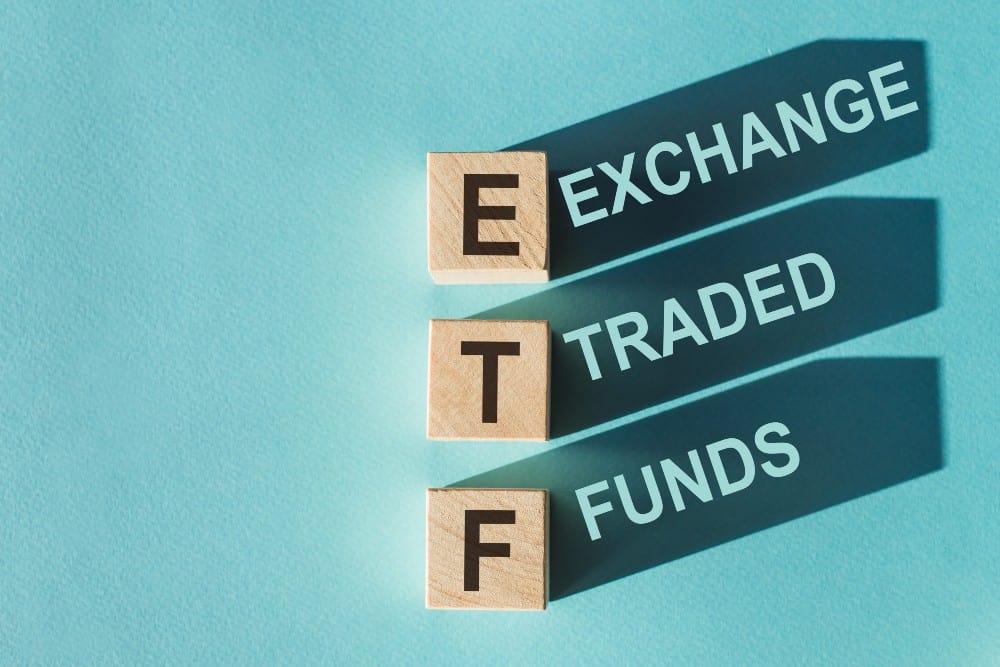Risk is inherent in any investment product, especially stocks. Various factors, not only supply and demand, cause price fluctuations, and they occur regularly, if not daily. Investors manage or contain volatility by choosing low-risk businesses or companies. However, picking individual stocks to build a portfolio is cumbersome and time-consuming.
Since the Toronto Stock Exchange introduced exchange-traded funds (ETFs) in March 1990, the ETF market has grown significantly. Today, even income-oriented investors skip the selection process. ETFs provide instant diversification because you can have a position in many stocks from various sectors in one basket.
If the objective is to generate passive income, consider the iShares S&P/TSX Composite High Dividend Index ETF (TSX:XEI). This ETF replicates the S&P/TSX Composite High Dividend Index’s performance (net of expenses). BlackRock Canada, the fund manager of various iShares Funds, seeks to deliver long-term capital growth. Moreover, XEI carries a “medium” risk rating.
Potential income
ETFs trade like stocks and are subject to market fluctuations. Canadian ETFs, including XEI, are qualified investments in a Registered Retirement Savings Plan (RRSP) and Tax-Free Savings Account (TFSA). You hold units, the equivalent of shares.
As of January 13, 2025, XEI trades at $27.10 per unit. The ETF rewarded investors with a 15.4%-plus return in 2024 plus a generous dividend income. If you invest today, the dividend offer is 10.6%. None of the stock holdings can match the over-the-top yield. Moreover, the payout frequency is monthly.
Assuming you use your $7,000 TFSA limit in 2024 to purchase XEI (around 258 units), the money would transform into $61.64 in monthly passive income. For the RRSP, an investment equivalent to the maximum contribution room for the tax year 2024, or $31,560 (1,164.5 units), converts into $278.74 every month.
TFSA or RRSP balances can grow faster by dividend reinvesting, via the power of compounding. Money growth in both investment accounts is tax-free.
Stockholdings
XEI has 75 stockholdings, all dividend payers. The TFS has exposure to 10 of 11 TSX primary sectors. Only information technology has zero exposure, as very few high-growth firms pay dividends. The top four sectors with double-digit percentage weights are energy (31.2%), financial (29.5%), utilities (13.5%), and communication (10.1%.
Among the top 10 holdings are oil bellwethers, Suncor Energy, Canadian Natural Resources, Enbridge, and TC Energy. In the financial sector, you have the Big Six Canadian banks, led by the Toronto Dominion Bank. Nutrien, the large-cap agriculture stock, completes the cast.
XEI also holds TSX’s two dividend kings, Canadian Utilities and Fortis, along with telco giants BCE, TELUS, and Rogers Communications. There’s also exposure to top-tier mining stocks like B2Gold and Granite REIT in the real estate sector.
How long would it take you to review each stock if you were to do it yourself? BlackRock has done the legwork for investors.
Foundational holding
BlackRock created XEI in April 2021 and said it designed the high-yield ETF as a long-term foundational holding. The main advantage for risk-averse and income investors is greater diversity and ultra-generous monthly dividends.









